En Primeur 2015
I travelled to Bordeaux in April 2016 for the En Primeur 2015. En Primeur is a method of purchasing wines in advance, while wines are still in the barrel. Every year wine writers, journalists and buyers from all over the world taste the wines, assessing the quality of the vintage. This will later help set the prices and influence consumers.
I tasted about 200 wines in three intense days of events and participated in the tastings of the Union des Grands Crus de Bordeaux (UGCB), Cru Bourgeois and some tastings on specific Châteaux wines.
For me, 2015 is truly a great vintage but it is not homogeneous: there is a noticeable difference between the sub-regions of Bordeaux. However, the wines I tasted were not yet ready to drink. They will spend some time in oak barrels and/or in bottles and only be available for sale in 2017 and 2018. Yet still, I could see and taste the quality of these wines.
Comparing vintages
The Primeurs week began with a press conference at the Chateau D’Yquem (pictured above) with the presence of Professors Denis Dubourdieu and Madame Laurence Geny of the Institute of Vine and Wine Sciences of Bordeaux University. According to them, the 2015 vintage was exceptional in quantity and quality.
The Professor explained that 2015 had the five essential conditions to make an exceptional vintage: quick and early flowering; early water stress during fruit formation period; end of the vegetative growth by the verasion (color change of the grapes) period; drought and moderate heat for the ripening period; and mild weather during the harvest.
Before 2015, the 2005 vintage had the 5 ideal conditions, and the vintage in 2009 also had similar conditions. These vintages are regarded as the best of the last decade, along with the 2010.
2015 Vintage
2015 was a year of drought in Europe. Those who visited wine regions probably remember the winegrowers’ concern with the lack of rain after many dry months. I was in Germany at the end of August 2015. The producers were happy with the drought on the one hand because the vine gives quality fruit when there is some water stress, but worried that the rain would arrive in harvest time, which would fill the berries with water, making for an average crop. On August 24, it began to rain in Germany just in time to provide the necessary water to the vines and just before harvest.
Going back to Bordeaux, a similar condition happened there too. April, May and June were dry months; July was a month of nice, hot and dry weather, with temperatures above 30 degrees and very little rain for 12 days. This led to a sufficient water deficit to stop the vegetative growth before the color change of the grapes occurred (veraison). However, it was the fifth month without rain and the grapes were very small.
August was the month that saved the crop. It rained, and the amount of rainfall was higher than usual, but the grapes had already changed color (veraison) in the first week of the month making them ready to receive rain. Yet, the rain did not come equally; some areas received more rain than others, and so as a result the size of grapes differed widely between regions.
September and October were months of mild weather and little rain. The harvest could be completed and the grapes were ripe, healthy and had a high acidity level.
2015 wines
All these factors, had an influence on the style of wines. Bordeaux 2015 white wines show great quality, are full of fruit flavors and intense aromas. Sweet wines are exceptional, especially Sauternes characterized by pure wines, very fresh and rich in flavors. Red wines are full bodied, concentrated, with alcohol in a very moderate level, from 13 to 13.5%, these wines have great quality and possibility of long aging. Many of the wines I tasted were scored above 90 points, so the 2015 vintage is really worth drinking and aging.
Alessandra Esteves
*Alessandra is Director of Wine Education for Florida Wine Academy, a company offering wine courses in Miami, Florida.
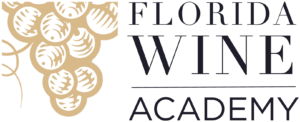
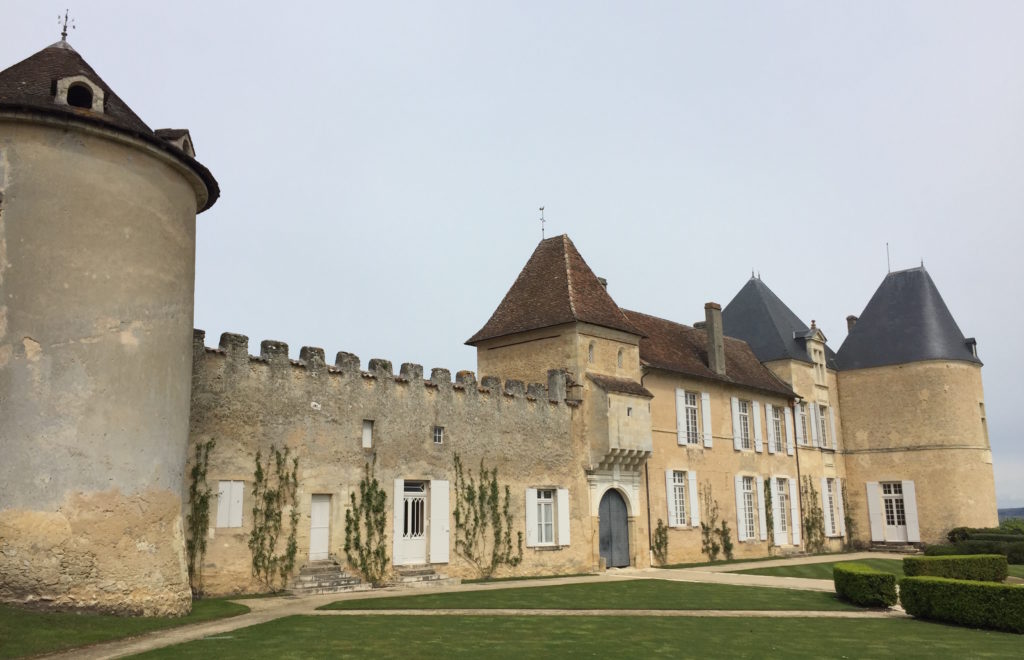

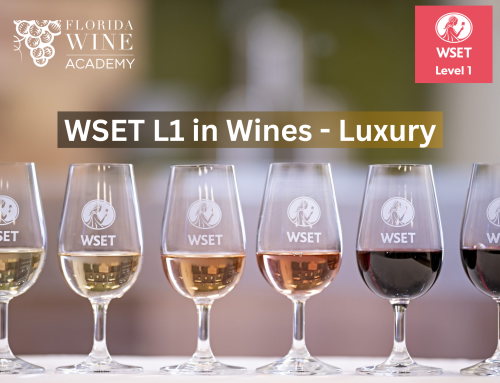
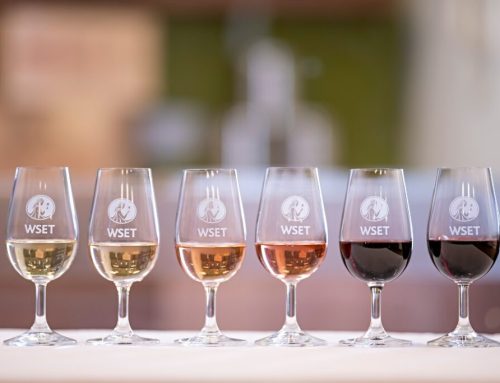
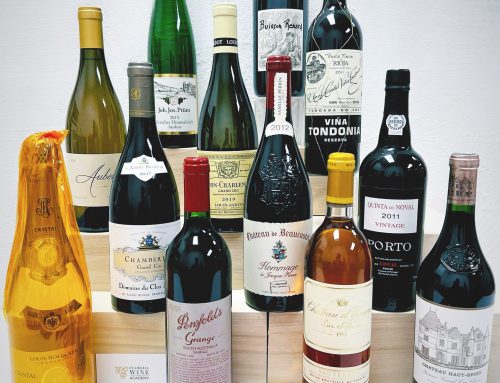
Leave A Comment